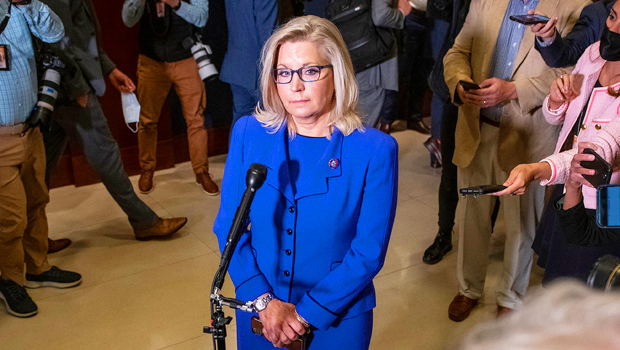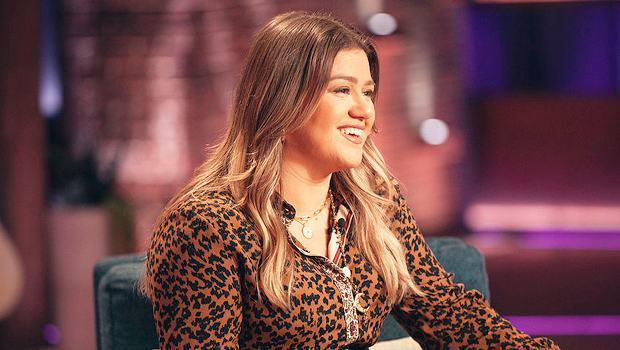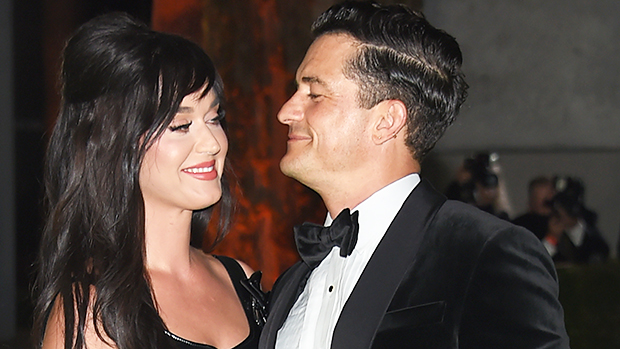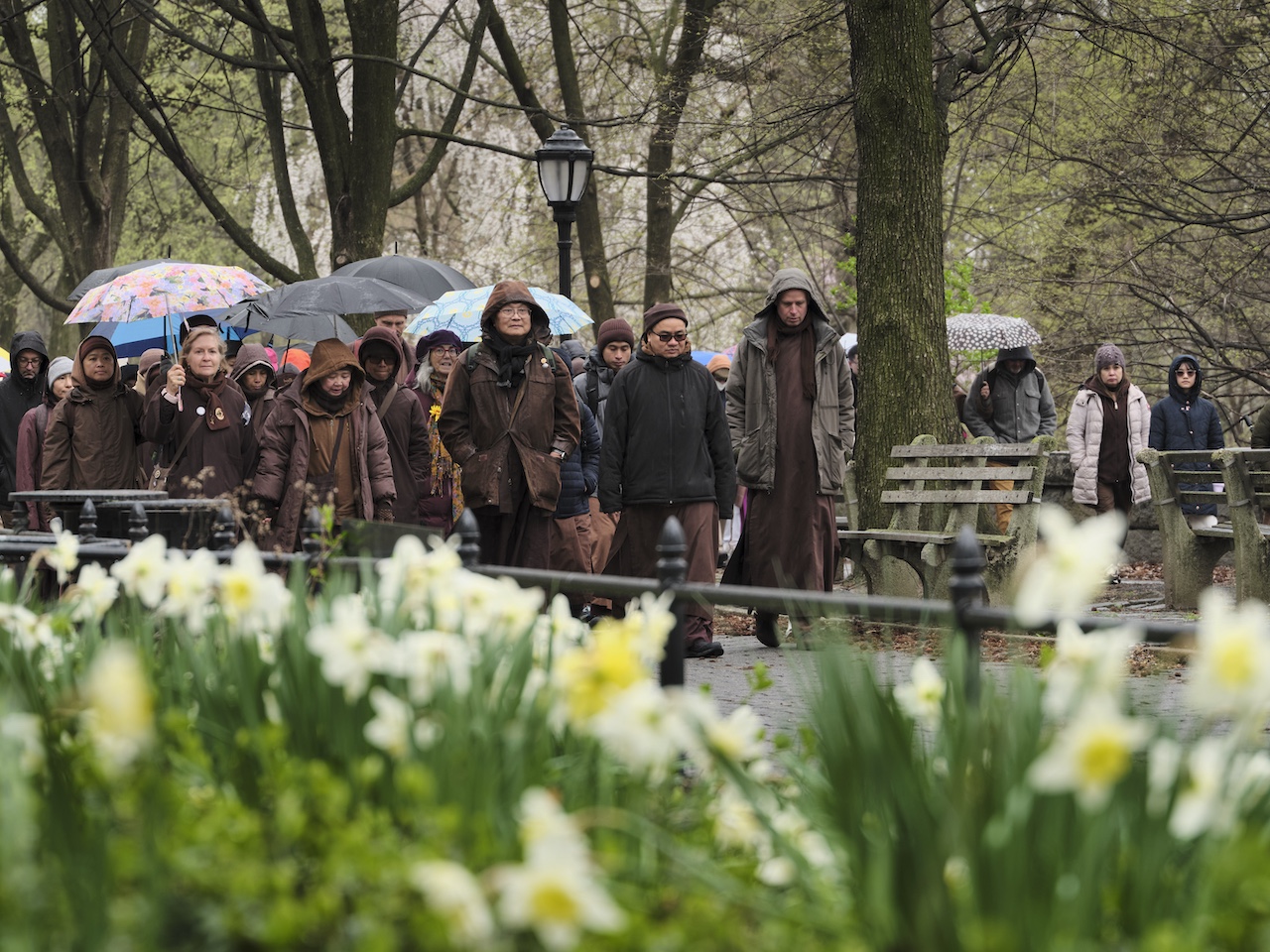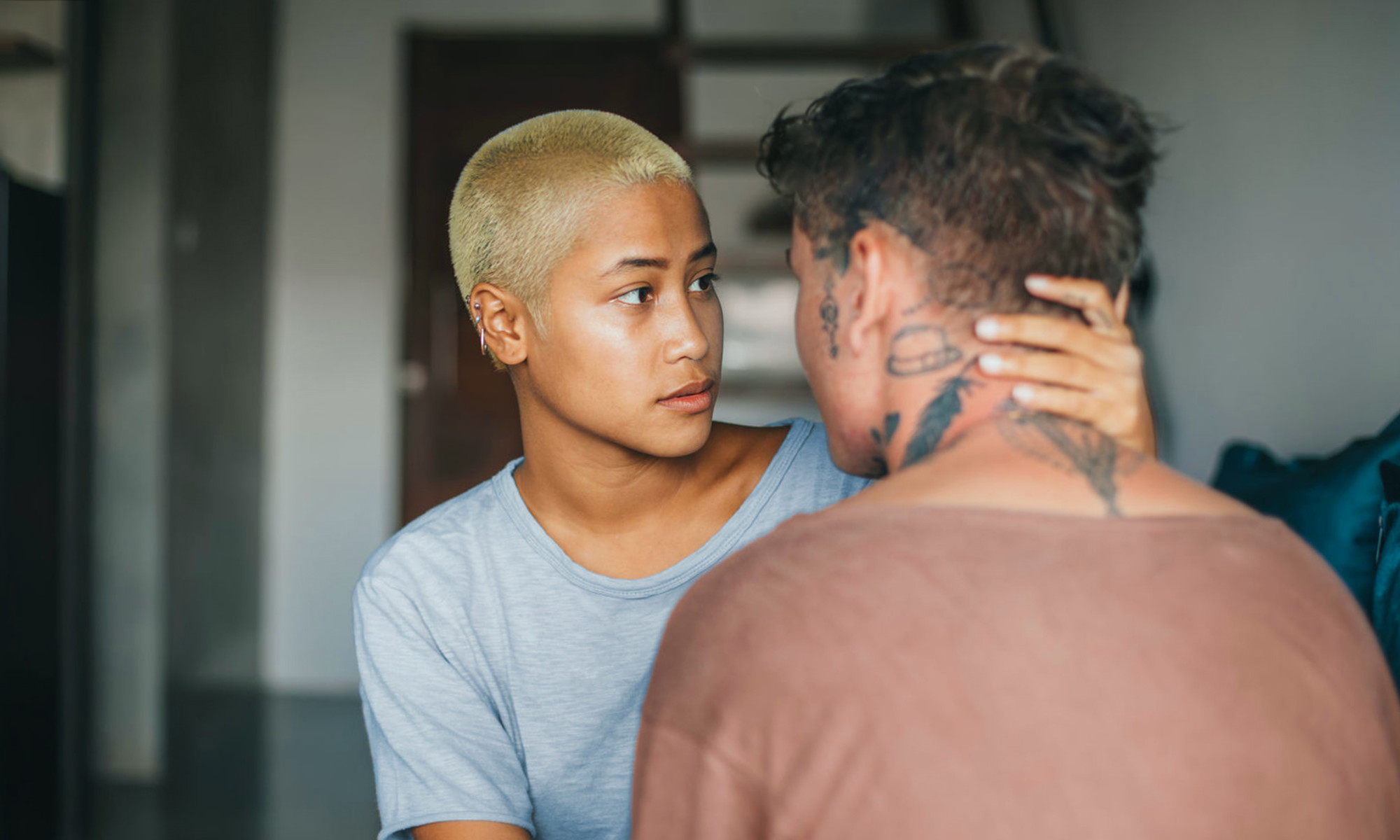Study: Women Made Up 34% of Speaking Roles in 2021’s Top Films, Majority of Those Characters Were White
Earlier this week, we reported on a study from Dr. Stacy L. Smith and the USC Annenberg Inclusion Initiative that delved into the number of women and people of color serving as leads and co-leads in the top films...

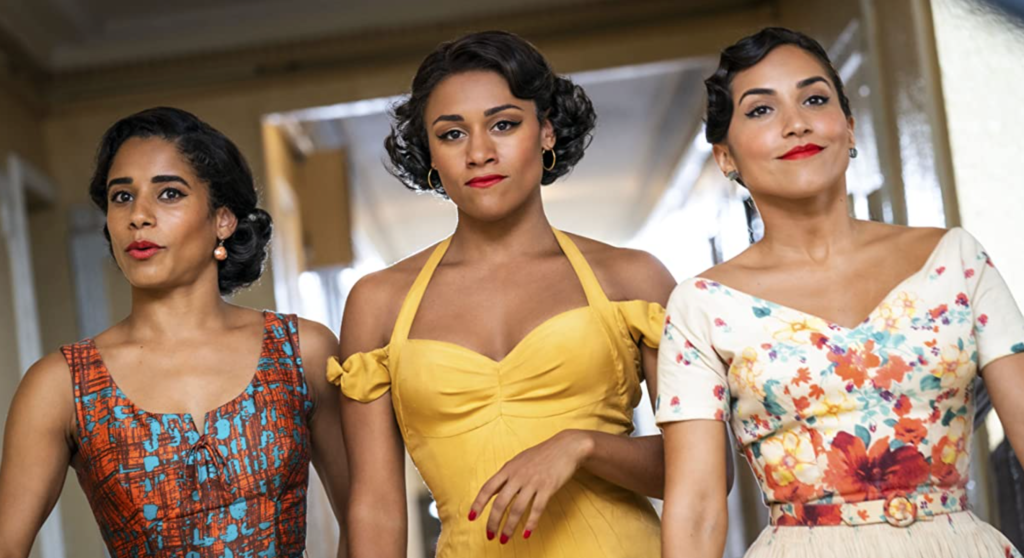
Study: Women Made Up 34% of Speaking Roles in 2021’s Top Films, Majority of Those Characters Were White
It's pretty baffling. (Credit: "West Side Story")Earlier this week, we reported on a study from Dr. Stacy L. Smith and the USC Annenberg Inclusion Initiative that delved into the number of women and people of color serving as leads and co-leads in the top films of 2021. Now, new stats have been published from Dr. Martha Lauzen and The Center for the Study of Women in Television and Film that explore on-screen gender representation within those movies. In “It’s a Man’s (Celluloid) World, Even in a Pandemic Year: Portrayals of Female Characters in the Top U.S. Films of 2021,” Dr. Lauzen analyzes the demographics of all the speaking characters in last year’s top-grossing movies, as well as the major characters.
Overall, female characters were outnumbered by males two to one. Eighty-five percent of films had more male characters than female, while only seven percent featured the reverse. Just 31 percent of films revolved around a female protagonist. In terms of the latter, the stats have taken quite a dip from 2019’s 40 percent but are comparable to 2020’s 29 percent. (Keep in mind that the box office was pretty dead during 2020, and was slowly rebuilding last year.)
In 2021’s top films, females represented 35 percent of major characters and 34 percent of all speaking characters. They accounted for 38 percent of major characters in 2020, and 37 percent in 2019. As for speaking characters in general, women made up 36 percent in 2020 and 34 percent in 2019.
For women and girls characters overall, it seems that 2021 offered little loss in on-screen representation — and no growth. Taking a more intersectional look, Lauzen concluded, “While the percentages of major Latina and Asian/Asian American female characters rose substantially last year, the increases were primarily due to their appearance in a limited number of films.” These include “Encanto,” “West Side Story,” “In the Heights,” “Shang-Chi and the Legend of the Ten Rings,” and “Minari.”
In last year’s most popular films, 60.6 percent of female speaking characters were white, a significant decrease from 2020’s 71 percent and 2019’s 68 percent. Black females accounted for 19.3 percent of female speaking characters (up from 16.9 percent in 2020 and about even with 2019’s 20 percent); Latinas 9.5 percent (up from 2020’s 5.8 percent and 2019’s five percent); Asian or Asian American females 8.4 percent (up from 2020’s six percent and 2019’s seven percent); Native females 0.3 percent; MENA females 0.5 percent; and females of another race or ethnicity 1.4 percent.
But as Lauzen notes, the strides made by women of color on-screen are not widespread. “When the limited number of films centered on Latina/Latino characters — including ‘Encanto,’ ‘West Wide Story,’ ‘Spirit Untamed,’ ‘Cry Macho,’ and ‘In the Heights’ — were excluded from the analysis, the percentage of Latina characters in speaking roles fell from 9.5% to 5.7%, and the percentage of Latino characters declined from 8.3% to 6.1%,” she explained. “When the limited number of films centered on Asian and Asian American characters — including ‘Shang-Chi and the Legend of the Ten Rings,’ ‘Minari,’ ‘Raya and the Last Dragon,’ and ‘Mortal Combat’ – were excluded from the analysis, the percentage of Asian and Asian American female characters in speaking roles fell from 8.4% to 5.9%. The percentage of Asian and Asian American male characters declined from 8.4% to 6.4%.”
Judging from this study, it seems the pandemic hasn’t dealt a massive blow to on-screen representation in popular film, but that doesn’t mean everything is hunky-dory either. The number of female characters has flatlined; the gains made by women of color should be celebrated, but also viewed with clear eyes. It’s not enough to only have a few titles a year that take inclusion seriously. Films like “Encanto,” “Raya and the Last Dragon,” and “Minari” shouldn’t be the exceptions — they should be the rule.
Read “It’s a Man’s (Celluloid) World, Even in a Pandemic Year” in full here.

 Astrong
Astrong 







